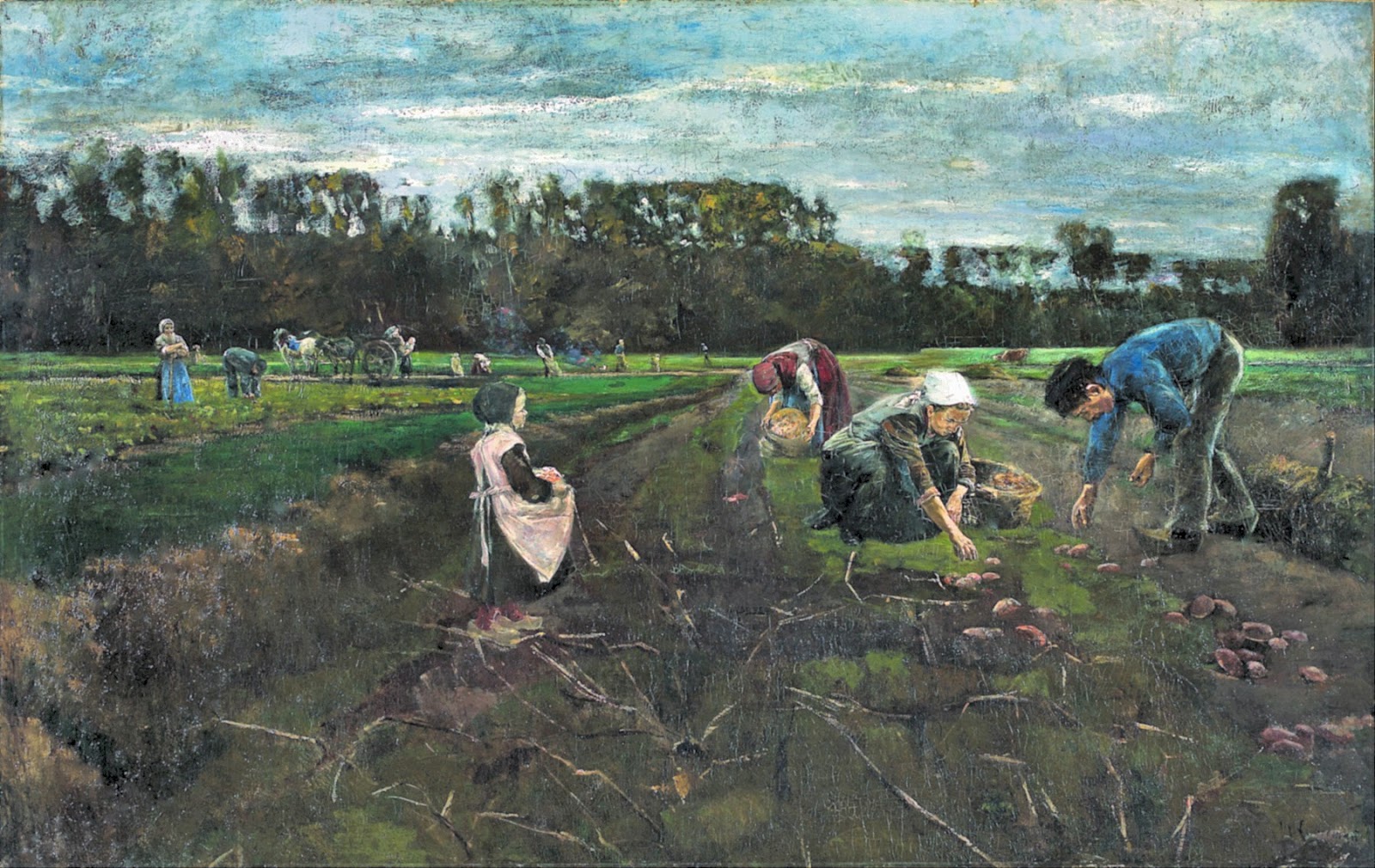Calarty Max Liebermann
The “Oude Vinck” Restaurant in Leyden, 1905
Calarty Max Liebermann is a desktop-integrated one-look calendar giving you a beautiful painting each month. We hand-picked all those paintings, to bring you the best experience right to your Mac desktop. Self-portrait with kitchen still life by Max Liebermann as fine art print. High-quality museum quality from Austrian manufactory. Stretched on canvas or printed as photo. We produce your artwork exactly like you wish. With or without painting frame.
Max Liebermann is the only painter in Germany who can be called an Impressionist. Corinth and Slevogt (who participated with him in the Berlin Secession of 1898) only occasionally painted pictures influenced by the French movement.
The son of a Berlin banker, Liebermann lived in Paris from 1873 to 1878, and spent his summers in Barbizon. The influence of the Manet of Rueil is very recognizable in his work. In his own country, Liebermann introduced and championed Monet and his group. In 1878, he wrote an essay on Degas, with whom he felt certain affinities, notably that of considering black as a color.
In his transition from the Realism of Courbet and the Barbizon School to the subtle nuances of the Impressionists, Liebermann painted a number of self-portraits in which he depicts himself a dry and mordant observer.
He paints this outdoor restaurant in Leyden with a clear, transparent, and careful touch, venturing in the execution those difficult patches of sunlight dear to Monet and Renoir. By the sketchy expression of his brush, the improvised appearance of his drawing, the clarity of such tones as the white and yellow, his way of opening the canvas to light and air, and of preserving an often marvelous limpidness of color, Liebermann takes his place, although tardily, among the Impressionists of the early style.
Courthion, P. (1989). Impressionism. New York: Galahad Books.
Max Liebermann Painter

The “Oude Vinck” Restaurant in Leyden, 1905
Clarity Max Liebermann
Max Liebermann is the only painter in Germany who can be called an Impressionist. Corinth and Slevogt (who participated with him in the Berlin Secession of 1898) only occasionally painted pictures influenced by the French movement.
The son of a Berlin banker, Liebermann lived in Paris from 1873 to 1878, and spent his summers in Barbizon. The influence of the Manet of Rueil is very recognizable in his work. In his own country, Liebermann introduced and championed Monet and his group. In 1878, he wrote an essay on Degas, with whom he felt certain affinities, notably that of considering black as a color.
In his transition from the Realism of Courbet and the Barbizon School to the subtle nuances of the Impressionists, Liebermann painted a number of self-portraits in which he depicts himself a dry and mordant observer.
He paints this outdoor restaurant in Leyden with a clear, transparent, and careful touch, venturing in the execution those difficult patches of sunlight dear to Monet and Renoir. By the sketchy expression of his brush, the improvised appearance of his drawing, the clarity of such tones as the white and yellow, his way of opening the canvas to light and air, and of preserving an often marvelous limpidness of color, Liebermann takes his place, although tardily, among the Impressionists of the early style.
Courthion, P. (1989). Impressionism. New York: Galahad Books.
